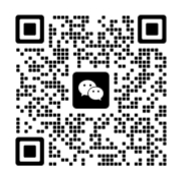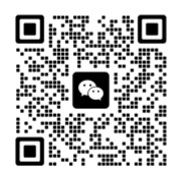www.maoyt.com/test/capacitivetouchpanels.com/supplier-4657516-pcap-touch-panel
PCAP touch screen technology has become an indispensable part of modern electronic devices. From smartphones and tablets to e-commerce terminals and self-service machines, PCAP touch screen provides users with intuitive and convenient ways of interaction. This article will delve into the touch pressure recognition technology of PCAP touch screen, including its working principle, application scenarios, and future development.
- Overview of PCAP touch screen Pressure Recognition Technology
Touch pressure recognition refers to the ability that a PCAP touch screen can not only perceive the user's touch position, but also recognize the magnitude of the touch force. By perceiving different touch pressures, the device can execute different commands or present different feedback, greatly enhancing the interaction between the user and the device.
- Technical Principle of PCAP touch screen
The touch pressure recognition technology mainly relies on the coordination of PACP touch screen hardware and software algorithms. At present, there are two main technological paths in the market: resistive pressure sensing and Capacitive pressure sensing.
Resistive pressure sensing: This technology changes the resistance value of the touch screen by sensing the pressure changes generated during touch, and then identifies the magnitude of the touch pressure.
Capacitive pressure sensing: Unlike resistive touch screens, capacitive touch screens recognize touch pressure by sensing changes in the electric field during touch. When the user touches the screen, a capacitance is formed between the finger and the touch screen, and the difference in touch pressure will cause changes in the capacitance value. Through high-precision capacitance measurement circuits and complex algorithms, precise recognition of touch pressure can be achieved.
- Application scenarios of PACP touch screen
The emergence of PACA touch screen pressure recognition technology has brought new ways of interaction to various electronic devices, thereby expanding their application scenarios.
In smartphones and tablets, PACP touch screen pressure recognition technology can provide users with a richer operating experience. For example, in painting applications, users can control the thickness and color depth of the brush through different touch pressures, thereby achieving more realistic painting effects.
In the gaming field, PACP touch screen pressure recognition technology brings players a more immersive gaming experience. For example, in shooting games, touch pressure can also be used to control the intensity and direction of shooting, enhancing the realism and challenge of the game.
In the field of education, PACP touch screen pressure recognition technology also has broad application prospects. For example, in interactive teaching software, students can interact with virtual objects through different touch pressures, thereby gaining a more intuitive understanding of the teaching content.
PACP touch screen pressure recognition technology has broad potential for application in professional fields. In the medical field, doctors can control the operation accuracy and strength of medical equipment by touching pressure, improving the precision and safety of surgery. In industrial design, designers can use this technology to simulate and test the reactions of different materials and structures under stress, thereby optimizing product design.

 Your message must be between 20-3,000 characters!
Your message must be between 20-3,000 characters! Please check your E-mail!
Please check your E-mail!  Your message must be between 20-3,000 characters!
Your message must be between 20-3,000 characters! Please check your E-mail!
Please check your E-mail! 

